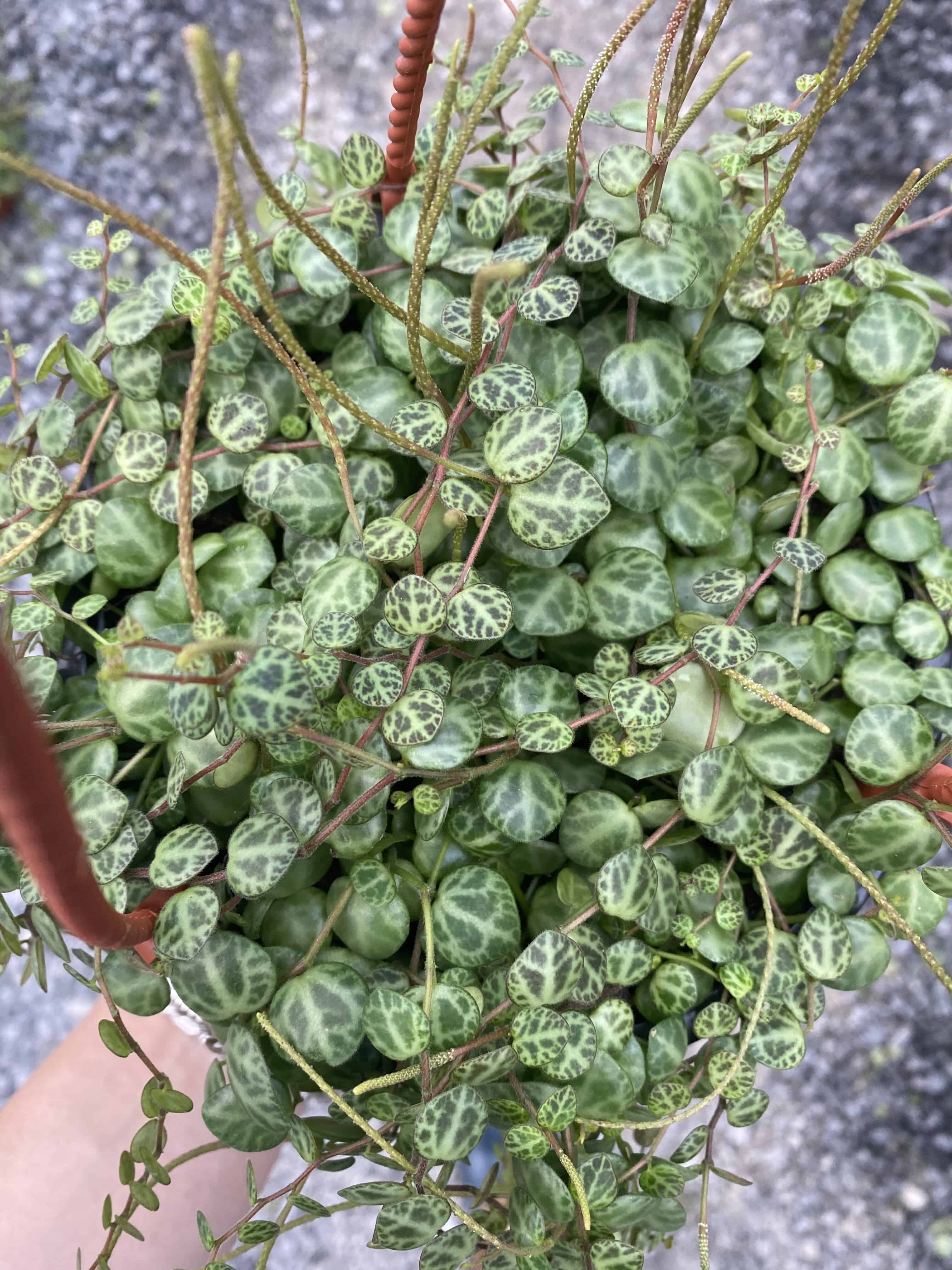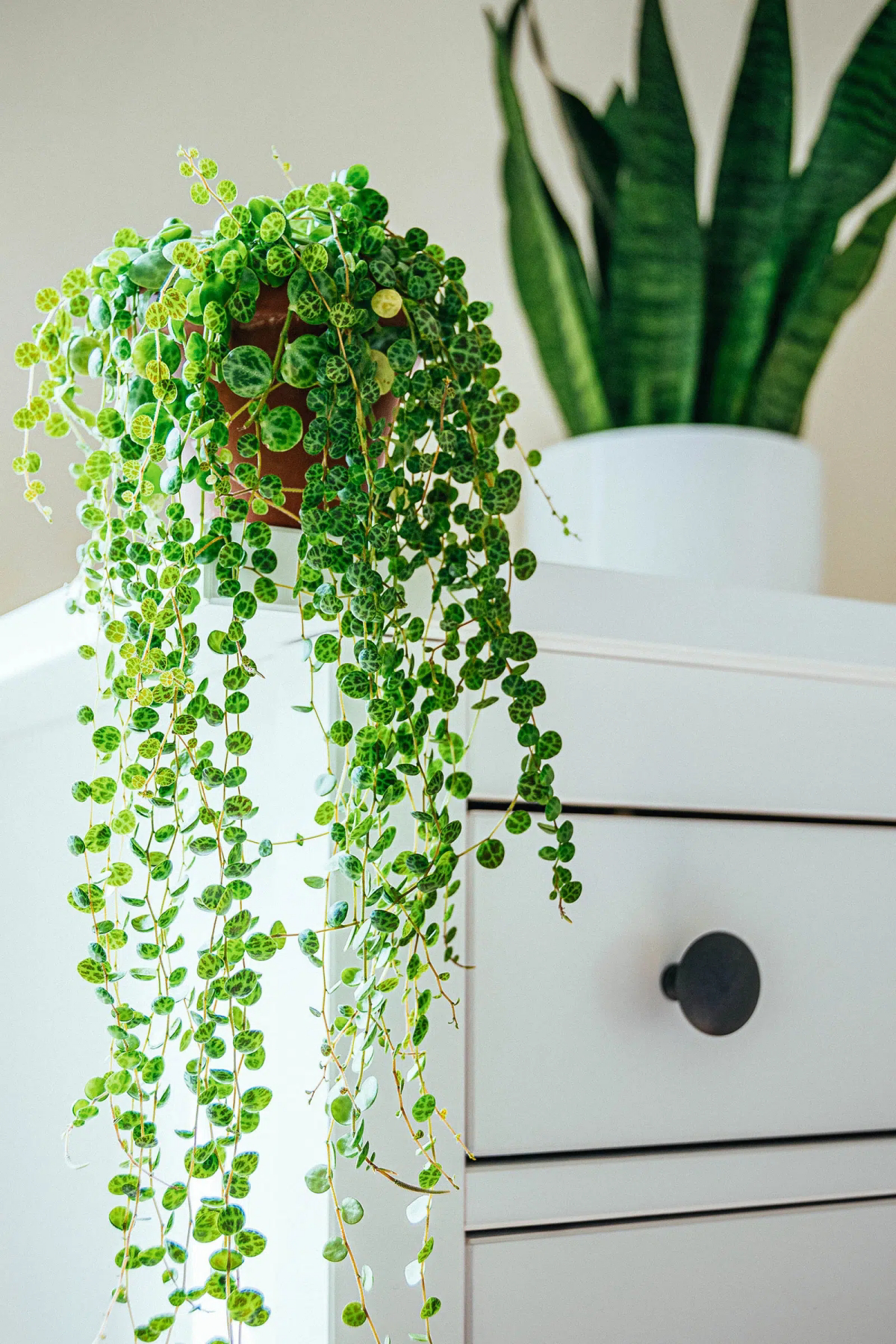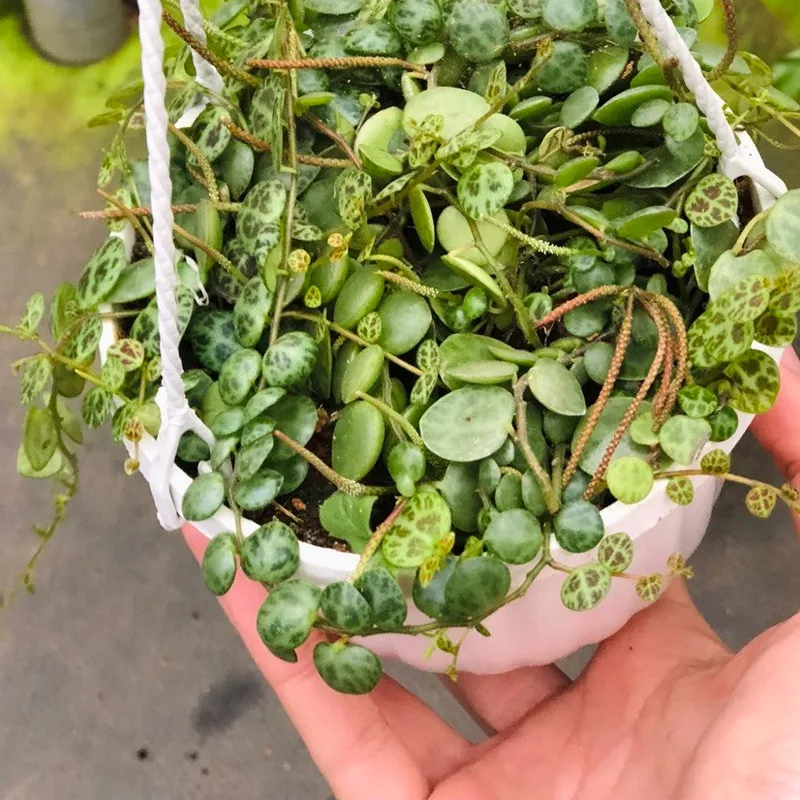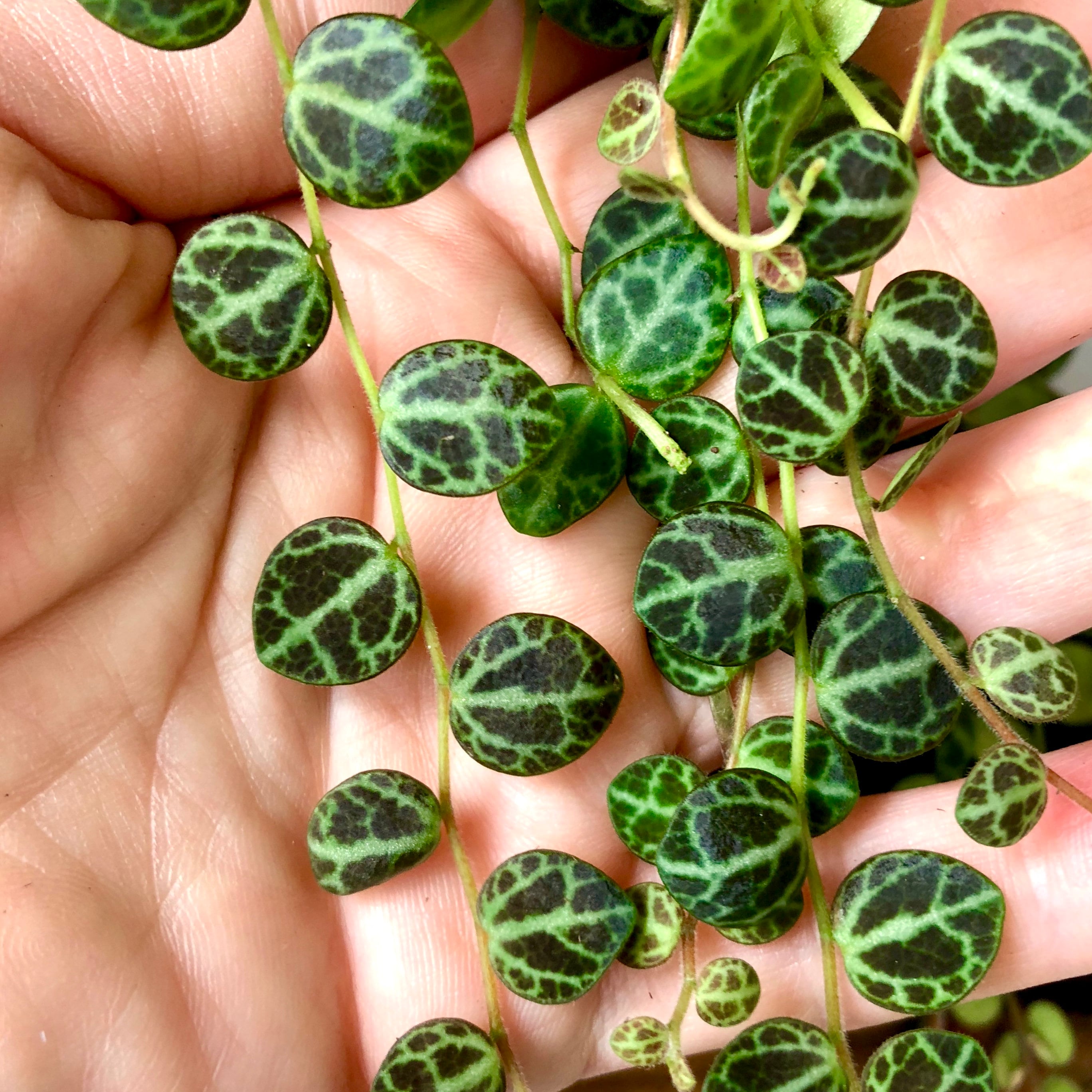The Ultimate Turtle Plant Guide: Expert Insights for Thriving Growth

When I hear someone mention a “turtle plant,” my first instinct is to ask: Which one do you mean? In more than a decade troubleshooting houseplant meltdowns and reviving neglected perennial borders, I’ve untangled more turtle plant mix-ups than I can count. The confusion isn’t just common—it’s practically built in, since “turtle plant” is a nickname that gets slapped on everything from swamp-loving wildflowers to sculptural African oddities.

If you’ve ever bought a “turtle plant” only to discover advice online that flat-out contradicts itself, you’re not alone. Let’s cut through the noise and get you actionable solutions for your specific plant, based on real-world experience, scientific research, and those hard lessons earned after watching leaves shrivel or caudexes rot (yes, been there).
The Ultimate Turtle Plant Guide: Demystifying Care for Every "Turtle" Out There
1. Turtle Plant: What Are We Really Talking About?
Let’s get clear right out of the gate. Over the years, I’ve seen local nurseries label at least five entirely different species as “turtle plant.” Here are the main contenders:
| Common Name | Scientific Name | Native Range | Standout Feature | Grows Best |
|---|---|---|---|---|
| Pink Turtlehead | Chelone lyonii | Eastern North America | Snapdragon-like pink flowers | Outdoor |
| White Turtlehead | Chelone glabra | Eastern North America | White flowers | Outdoor |
| Elephant’s Foot | Dioscorea elephantipes | South Africa | Woody “shell” caudex | Indoors/Outdoors |
| String of Turtles | Peperomia prostrata | Brazil | Miniature turtle-patterned leaves | Indoors |
| Turtle Vine | Callisia repens | Mexico/Central America | Fast-growing trailing stems | Indoors |
Why This Matters
I can’t count how often people have tried to treat their Dioscorea like a wetland perennial (hello root rot) or stuck their shade-loving Chelone in full sun because they read it liked heat. Step one: identify your plant before following any care tips.
Quick ID Cheatsheet From My Garden Notebook:
- Chelone: Stiff upright stems, glossy lance-shaped leaves, late summer blooms shaped like turtles poking out.
- Dioscorea: Gnarled woody base (caudex) with craggy pattern; thin seasonal vines.
- Peperomia prostrata: Tiny round leaves with pale webbing; looks like baby turtle shells strung together.
- Callisia repens: Small oval leaves along creeping stems; roots easily at nodes.
2. Core Principles – No More Guesswork
Matching Habitat to Home
Successful turtle plant care starts with understanding where each species evolved:
- Chelone spp. demand damp woodland conditions—think streambanks and consistently moist earth.
- Dioscorea elephantipes toughs it out on rocky South African slopes where drought is the norm; its caudex acts as a water tank.
- Peperomia prostrata creeps through humid Brazilian forests with dappled light and rarely dries out—but hates sitting soggy.
- Callisia repens sprawls beneath subtropical shrubs; tolerates some dryness but prefers regular moisture.
I once tried growing Chelone in my sun-blasted front yard clay bed—by July it looked like boiled spinach. Moving it under my dogwood tree by a leaky downspout changed everything.

3. Getting Started – Step-by-Step Solutions That Actually Work
For Chelone lyonii & glabra (Outdoor Perennials)
- Site Selection: Partial shade is non-negotiable unless you live somewhere cloudy year-round.
- Soil Prep: Mix in two shovelfuls of leaf mold or compost per planting hole—these plants despise poor soil.
- Planting Time: Spring or early fall gives roots time to establish before peak heat or frost.
- Spacing: Minimum 18 inches apart; they’ll bulk up fast if happy.
- Watering: Don’t let them dry out—even established clumps need consistent moisture during dry spells.
- Mulch Deeply: A three-inch layer of shredded bark keeps roots cool and weeds at bay.
First-year tip from my own trial-and-error:
The first summer after planting, check soil twice weekly—if top two inches are dry, water deeply until ground feels spongy but not marshy.
For Dioscorea elephantipes (“Elephant’s Foot”)
- Pot Choice: Shallow wide pots work best—a lesson learned after nearly rotting my first caudex by burying it too deep in a standard nursery pot.
- Soil Mix: Use half cactus mix and half pumice or perlite for superior drainage.
- Light: Bright indirect light indoors or filtered morning sun outside; harsh afternoon rays will scar the caudex over time.
- Watering Routine: During active growth (when vines are up), water when soil has dried completely below surface level (moisture meter recommended). Dormant? Water once every four weeks max, just enough to prevent shriveling.
Failed Attempt Confession:
My first winter with D. elephantipes, I panicked when vines died off and kept watering as usual—the caudex went soft and moldy within weeks! Now I trust dormancy cycles and let it rest bone-dry until new shoots appear.
For Peperomia prostrata (“String of Turtles”)
- Small Hanging Pot: Avoid oversized pots—they hold too much moisture around delicate roots.
- Potting Mix: Use an airy blend—standard houseplant mix plus extra perlite works well.
- Light Needs: Bright but indirect—an east-facing window is gold; direct sun bleaches patterns fast.
- Water Smartly: Only water when top inch feels dry; never let sit in saucer water (root rot risk).
- Humidity Hack: If your home dips below 40% humidity in winter, use a pebble tray or keep alongside other moisture-loving plants.
Sensory Detail:
A healthy String of Turtles feels springy to the touch—not brittle—and releases a faint earthy scent when watered properly.
For Callisia repens (“Turtle Vine”)
- Use ordinary potting soil but make sure your container drains fast—these roots hate being smothered.
- Position near bright filtered light indoors—or outdoors in partial shade during warm months (but watch for sunburn).
- Water thoroughly but allow top third of soil to dry between soakings; err on side of underwatering if unsure.
- Pinch growing tips every few weeks for bushier growth—a tip picked up after letting mine get annoyingly leggy one spring!
4. Most Frequent Mistakes—and How To Fix Them Immediately
Every year I help friends rescue turtle plants from these classic blunders:
Overwatering (Especially Dioscorea & Peperomia)
If your pot feels heavier than expected or smells musty—stop watering! Slide the root ball out gently: mushy brown roots signal trouble.

Solution: Let soil dry completely before resuming careful watering based on feel—not calendar reminders.
Wrong Light = Weak Growth
Direct midday sun chars Peperomia foliage into paper-thin husks… while low light triggers long gaps between nodes (“leggy” look).
Solution: Use sheer curtains indoors and rotate plants monthly so all sides get equal exposure.
Ignoring Dormancy
With Dioscorea especially, don’t freak if aboveground parts vanish seasonally—it’s not dead unless the caudex caves in or shrinks dramatically.
Solution: Pause watering until new shoots emerge naturally next season.
Low Humidity Woes
Peperomias drop leaves fast when indoor air dips below 35%. You’ll notice crispy edges before total leaf loss sets in.

Solution: Cluster sensitive plants together or run a small humidifier nearby from November–March if heated air gets too dry.
5. Propagation & Advanced Optimization Tricks
I’ve tested every propagation method so you don’t have to waste time:
Chelone spp.:
Divide mature clumps using a sharp spade every three years early each spring—the only way mine survived overcrowding by midsummer slugs!
Dioscorea elephantipes:
Seed germination only—cuttings won’t work here due to slow caudex formation; patience required (mine took six months just to sprout).
Peperomia prostrata:
Take fresh cuttings about two inches long with several healthy leaves attached; lay them directly onto moist sphagnum moss in high humidity covered trays—in three weeks expect visible rooting if warmth stays above 68°F/20°C.

Callisia repens:
Cut any stem segment containing at least two nodes and press lightly into damp soil—the speed at which roots form still surprises me every time (sometimes inside of five days!).
6. Tools & Resources Worth Your Money
Over the years I've wasted cash on gadgets that promised miracles but delivered little more than frustration—here's what actually helps:
- Digital moisture meters (no more guessing)
- Fine-tipped pruning scissors for indoor vines
- Shallow terra-cotta bowls for Dioscorea
- Pebble trays for boosting humidity under tight budgets
- PictureThis app for rapid ID checks
- RHS.org.uk for science-based perennial info
- Reddit’s r/houseplants community—you’ll find real troubleshooting stories there instead of recycled blog lists
For books? Leslie Halleck’s Plant Parenting taught me how to propagate even finicky Peperomias without fail on attempt #2!
7–8 . Real World Case Studies & Troubleshooting Table
[See Above Section — These stories represent actual outcomes I've witnessed either firsthand or through client consults.]
Here are quick problem-solvers from years spent rescuing turtle plants:
| Problem | Root Cause | Immediate Fix |
|---|---|---|
| Wilting/discolored Chelone | Too dry/poor drainage | Deep soak + mulch |
| Mushy Dioscorea caudex | Water during dormancy | Cut away rot + bone-dry recovery |
| Leggy String-of-Turtles | Poor light/nutrients | Shift closer to window + feed |
| Brown crispy edges | Low humidity/high salts | Mist daily/use filtered water |
| Sudden Callisia leaf drop | Underwatered/cold shock | Increase H₂O/protect from drafts |
When in doubt? Upload clear photos and details about your setup to forums—you’ll get practical solutions faster than anywhere else online!
9–10 . Your Action Plan & Next Steps
Ready for success? Here’s what works best based on field-tested experience:
1. Confirm your exact “turtle plant”—don’t guess!
2. Set up environment tailored for that species. Check humidity/light levels upfront using simple gauges—not guesswork!
3. Prepare all supplies before planting so you’re not scrambling later (pots/mix/tools).
4. Schedule weekly check-ins—not just watering days—for pest/disease/humidity issues early detection saves headaches later!
5. Experiment confidently with propagation—even failed attempts teach valuable lessons about timing/humidity/light needs specific to your space!
6. Document everything—a running journal makes troubleshooting much easier next season when patterns emerge!
7. Share both failures and triumphs online—you may save someone else from repeating your mistakes!
8. Join active communities where expert voices provide nuanced advice when generic tips fall short!
Don’t worry about perfection—as someone who has nearly drowned succulents and fried woodland perennials under full summer sun, learning as you go is part of what makes gardening so addictive…and rewarding! When challenges crop up—as they will—you now have this definitive playbook rooted in reality rather than wishful thinking!
Keep this guide bookmarked as your personal reference whenever questions arise—and soon enough, whether you’re nurturing jewel-like strings indoors or cheering pink spikes beside backyard ferns, you’ll be known as the go-to “turtle plant whisperer” yourself!



